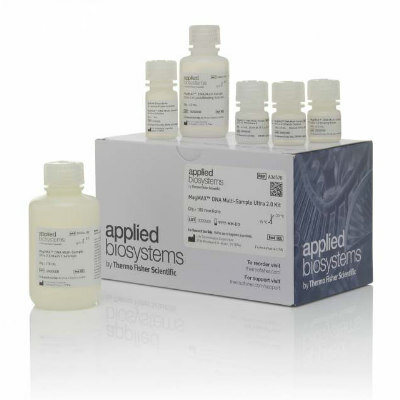First-Ever Mpox Rapid Test Can Be Adapted for Other Emerging Diseases
Posted on 20 Apr 2023
Monkeypox, or Mpox virus, is mainly transmitted through close physical contact and causes a disease with symptoms similar to smallpox, albeit less severe. Recent research indicates that individuals can transmit the Mpox virus to others even before symptoms manifest, making early detection through testing essential for mitigating the spread. Current therapeutics and two-dose vaccines are inadequate for preventing transmission, leaving rapid diagnosis as the sole viable option for disease containment. However, polymerase chain reaction (PCR), the only FDA-approved test for Mpox, has several limitations, such as complex sample collection, transportation, and limited access to advanced instrumental facilities. Presently, tests necessitate healthcare providers to swab lesions and send samples to labs for analysis, a process that can take days.
Now, a team of researchers led by Penn State (University Park, PA, USA) has developed the first rapid test for Mpox, based on an innovative technology that may also be adaptable for other emerging diseases. The selective molecular sensor can detect the virus within minutes without relying on high-end instrumental techniques like PCR. The method employs nanomaterials heterostructures, consisting of zero-dimensional spherical gold nanoparticles and two-dimensional hafnium disulfide nanoplatelets, to create a platform technology capable of detecting trace amounts of genetic material in biological samples.

While nanoparticles have previously been utilized to observe changes in biological systems, this is the first instance of using two nanoscale objects in different dimensions to identify an emerging pathogen. The rapid test, which requires only a small lesion swab sample and a brief waiting period for results, could significantly reduce the virus's transmission rate. The researchers are currently testing the system against other pathogens to verify its wide-ranging applicability for viral detection. Once the test is clinically validated, they will seek commercial partners to collaborate on bringing the technology to market.
“This is a major breakthrough in terms of how we manage the virus, as it is the first rapid test for mpox,” said Dipanjan Pan, Penn State’s Dorothy Foehr Huck & J. Lloyd Huck Chair Professor in Nanomedicine, who led the study. “But it’s also important to note that this new technology can help us to prepare for the next epidemic or even pandemic. With slight modification of the molecules used for targeting the genetic sequences, we will be able to specifically detect other viruses, bacteria or fungi using the same method.”
Related Links:
Penn State













